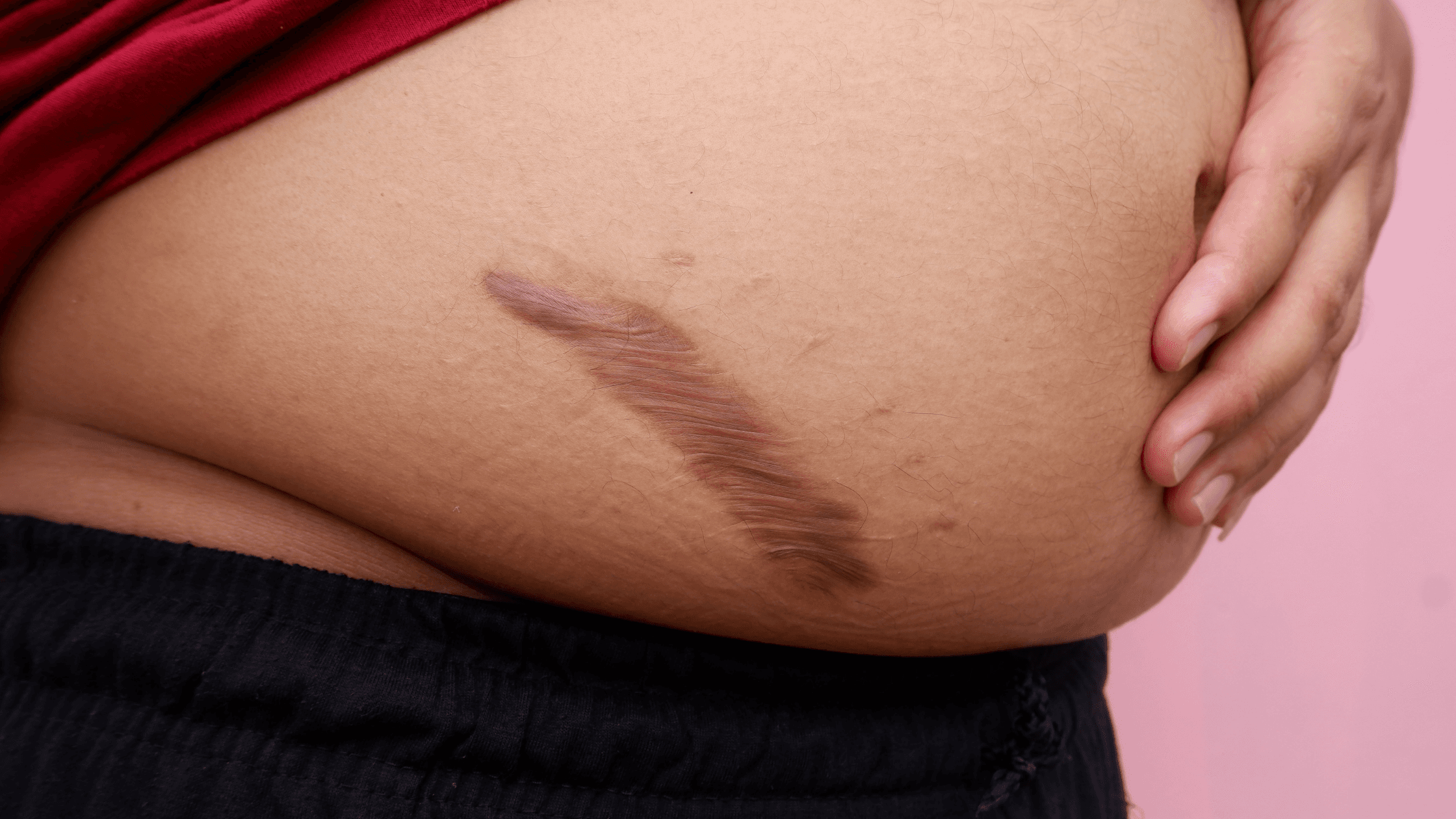Unveiling the Symptoms of Keloids
Keloids, those stubborn raised scars, can be more than just a cosmetic concern. They can be itchy, painful, and a source of self-consciousness. While the cause of keloids remains a bit of a mystery, understanding the telltale symptoms can help you identify them and seek proper diagnosis and treatment. This guide delves into the world of keloid symptoms, exploring the visual signs and the potential discomfort they can cause.

The Visual Indicators: Spotting the Signs of a Keloid
Keloids have distinct visual characteristics that set them apart from typical scars. Here's what to watch out for:
- Raised and Firm: Unlike regular scars that flatten over time, keloids are noticeably raised and firm to the touch. They often appear more prominent and thicker than the original wound itself.
- Smooth and Shiny Surface: The surface of a keloid is typically smooth and shiny, lacking the textured irregularities sometimes seen in regular scars.
- Color Variations: Keloid color can vary depending on your skin tone. They might be reddish or purplish, or even close to your natural skin color.
- Growth Beyond the Wound: A defining feature of keloids is their tendency to extend beyond the original wound margins. They can continue to grow larger over time, even months or years after the initial injury has healed.
Not Just a Pretty Bump: The Discomfort of Keloids
While not everyone experiences discomfort with keloids, some individuals might encounter these unpleasant symptoms:
- Itchiness: Keloids can be intensely itchy, causing significant irritation and discomfort. The constant urge to scratch can further irritate the area and potentially worsen the keloid.
- Pain: Some keloids can be tender or even painful, especially when touched or rubbed against clothing. This pain can range from mild to sharp and throbbing.
- Restricted Movement (Rare): In rare cases, large keloids, particularly those located on areas with high mobility like the shoulders or upper back, can restrict movement and cause discomfort.

Remember: The severity and presence of these symptoms can vary greatly from person to person. Some keloids might only be visually noticeable with minimal to no discomfort, while others can be quite itchy, painful, and even affect movement.
When to Seek Professional Help
If you develop a raised scar that extends beyond the original wound site or experience persistent itching, pain, or restricted movement, it's wise to consult your doctor or dermatologist. Early diagnosis and treatment can help manage the keloid's appearance and alleviate any discomfort it might be causing.